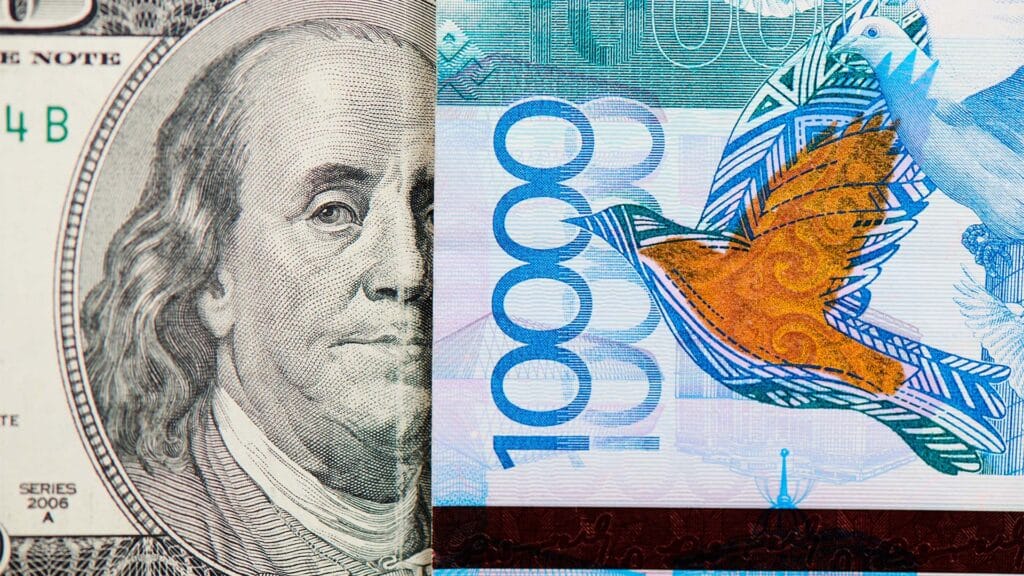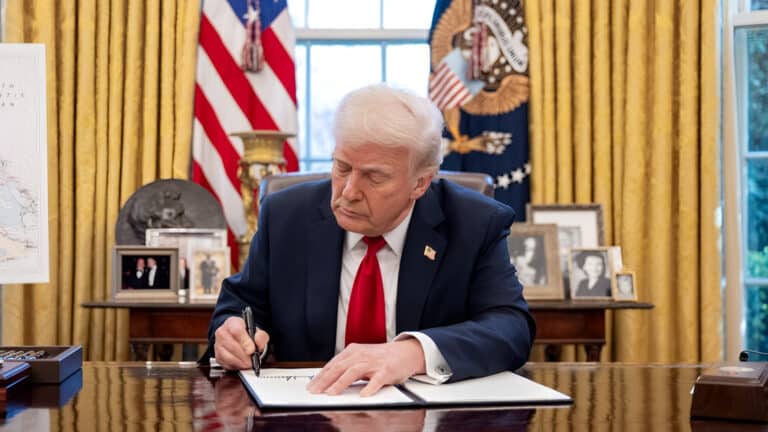
On Feb. 3, President Donald Trump signed a decree authorizing federal authorities to prepare a plan for the future National Fund in the U.S. It will differ from its Kazakhstani counterpart in terms of funding sources, tasks and goals, financing strategy and governance model. Let’s take a look at the key differences.
Sources of funding and goals
According to the RBC news agency, citing Adnan Mazarei from the Peterson Institute for International Economics, the proposed U.S. fund will be financed through tax revenue, special bonds and private-sector investments.
The fund’s primary goal is to finance infrastructure projects within the U.S. Holland & Knight, a multinational law firm based in Florida, believes it will also be used to mitigate commodity price fluctuations, acquire assets of strategic importance to U.S. national interests and create financial reserves.
Kazakhstan’s National Fund was established in 2000 to accumulate assets for future generations and stabilize the national economy during economic downturns. However, in recent years, Kazakhstan has used the fund’s assets for purposes beyond its original intent, including financing the state budget deficit. The fund’s primary source of revenue comes from exports of oil, gas and other natural resources.
Over the past 25 years, the National Fund’s foreign currency assets have grown from $600 million to $58.5 billion. In 2024, the Ministry of Finance reported that the fund increased by $6.4 billion, reaching $66.6 billion. Last year, incoming payments totaled $17.8 billion, while outgoing transfers stood at $11.3 billion.
In contrast, the U.S. fund will not rely on natural resources but will primarily serve as an infrastructure investment instrument.
Strategies, payments and governance
In Kazakhstan, National Fund assets are invested in various financial instruments, including stocks, bonds, gold and alternative assets. The Trump administration has stated that the U.S. fund will focus on infrastructure development.
Kazakhstan’s National Fund does not make direct payments to citizens. Instead, its funds are used to cover budget deficits and finance national programs. In November 2023, President Kassym-Jomart Tokayev signed a law launching the National Fund for Children program. Over the past year, Kazakhstan’s Unified Accumulative Pension Fund transferred $6.3 million to the accounts of underage citizens. By 2025, every child under 18 in Kazakhstan will receive $129 in their accounts.
If the U.S. fund operates similarly to the Alaska Permanent Fund, there could be regular payments to citizens. However, the Trump administration has not mentioned direct payments, instead emphasizing economic development.
In Kazakhstan, the National Fund is supervised by the National Bank, though financial decisions are often influenced by the country’s political leadership. In contrast, the U.S. fund is expected to be governed by an independent managing body, similar to the Alaska Permanent Fund Corporation. This structure is designed to ensure a high level of transparency and serve as a safeguard against political interference.













